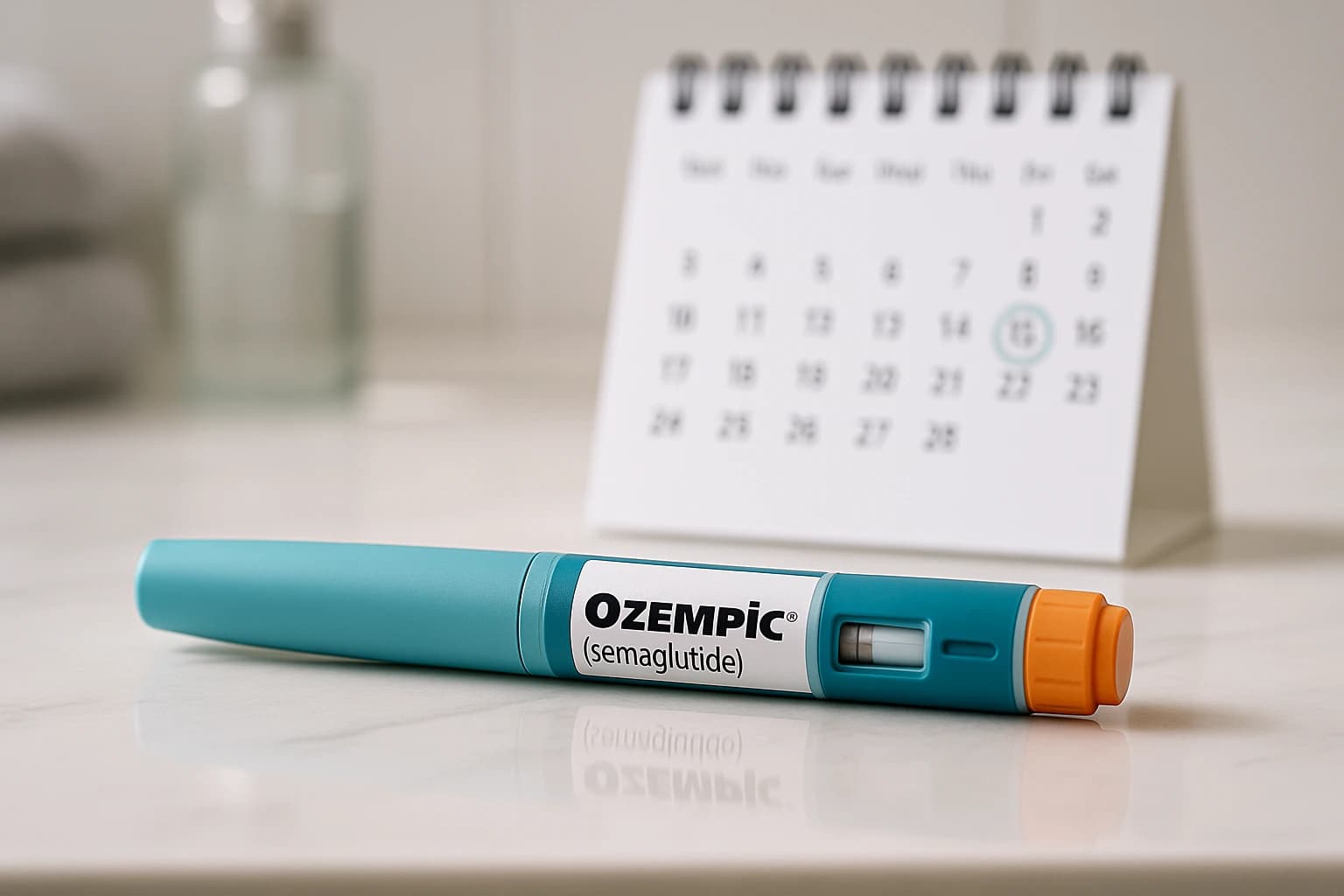What Is Jardiance (Empagliflozin)?
Drug Class and Approved Uses
Jardiance is the brand name for **empagliflozin**, an oral **SGLT2 inhibitor**. This class lowers blood sugar by blocking glucose reabsorption in the kidneys so more glucose is lost in urine. It’s approved for adults with **type 2 diabetes** to improve glycemic control and to reduce certain **cardiovascular risks**; it’s also used to lower the risk of cardiovascular death and hospitalization in adults with **heart failure**, and to slow progression in select adults with **chronic kidney disease**—see consumer overviews from MedlinePlus and the Mayo Clinic drug monograph for context.
Jardiance is **not indicated for type 1 diabetes** and should not be used to treat diabetic ketoacidosis. Eligibility can depend on kidney function, other medications, and overall risk factors, so dosing and monitoring are individualized by a clinician.



